Stony Crest Island, aka Warner Island and Jewel Island
The first mention of Warner Island, later named Jewell and Stony Crest Island, in the local press came from the Watertown Daily Times in 1873 when the Watertown Commandery No. 11 of the Knights Templar made a daylong excursion to the Thousand Islands. There, they came along fellow Knight Hulbert Harrington Warner, H. H. Warner for short, “trying to capture us by repeated broadsides from his little brass thunderer, but the ‘Maud’ whistled her reply, and went steaming on.”
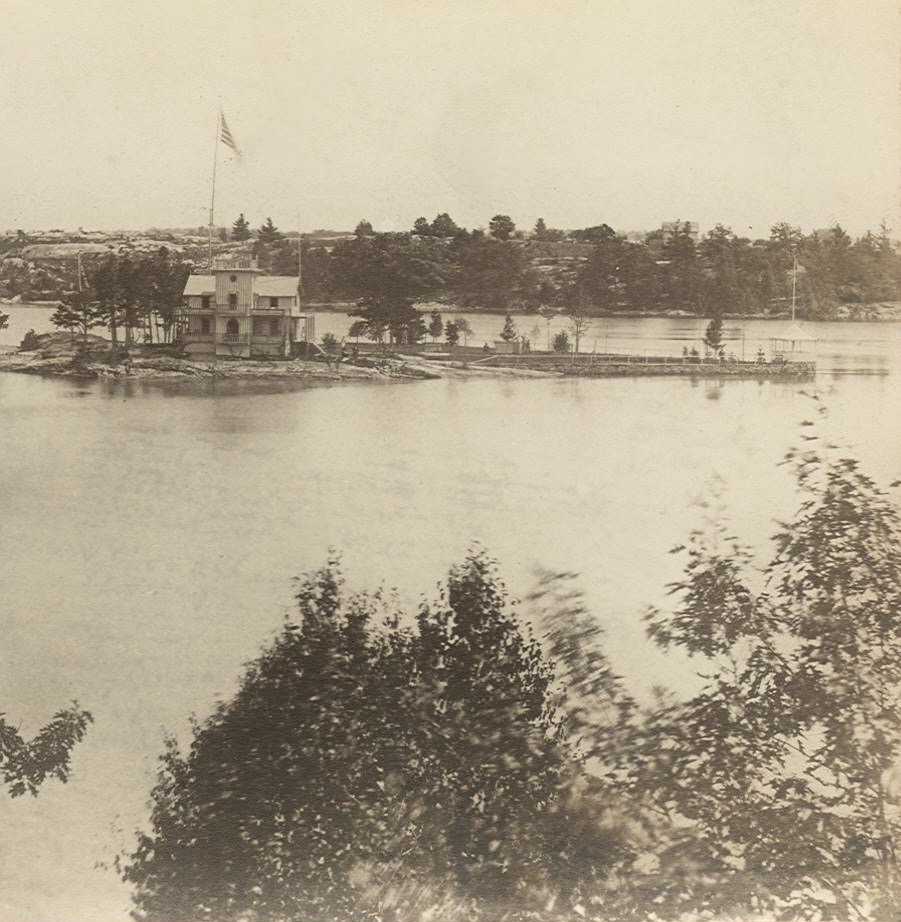
Rest assured, the party noted the ride up the river was most delightful. While a date to the Warners’ arrival in the 1000 Islands wasn’t found during research, the Rochester native and proprietor of “Warner’s Safe Cure” was nevertheless amongst the earliest of the pioneers on the St. Lawrence River having built his summer home adjacent to Comfort Island and just opposite of what would become Keewaydin.
Warner would make a fortune selling safes and then “patent medicine,” high-alcohol-content, elixirs and remedies that promised to cure almost everything under the sun except perhaps hangovers. Warner’s Safe Cure would become a global entity and household name in the process with his peculiar potions sold worldwide for 30 years and produced in Toronto, London, Rochester (N.Y.), and South America
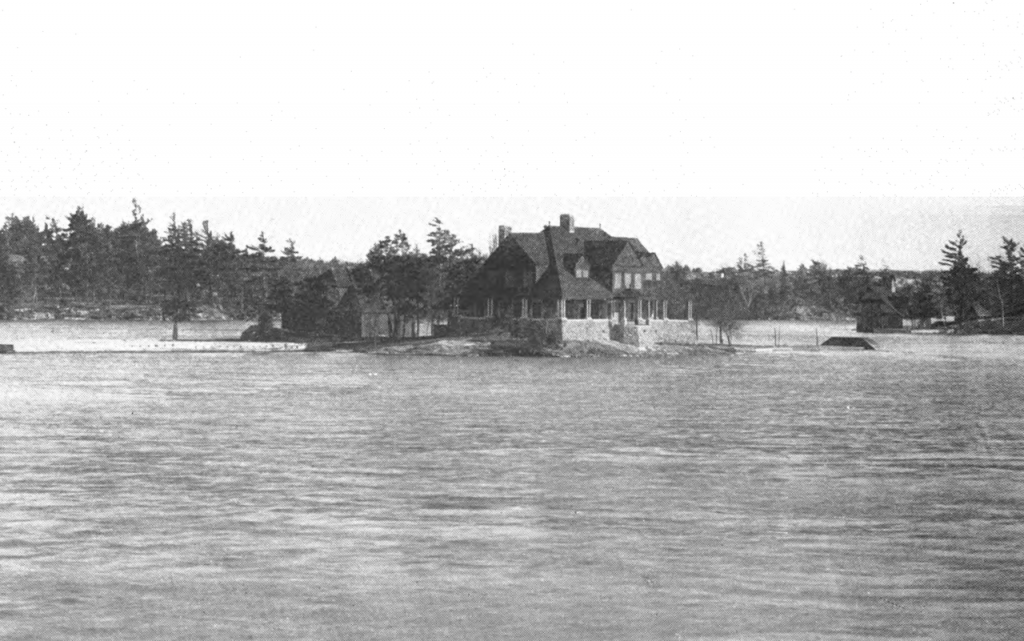
Bad investments, particularly in silver speculation, would eventually bankrupt Warner in 1893. As a result, H. H. was forced to sell “The Warner Castle” in Rochester, N.Y., an observatory he had built, Warner Island, and another vacation home. The island would apparently become the property of Selah R. VanDuzer as of September 21, 1895, though no information could be located on their ownership.
Around 1910, the island, then known as Jewell Island, would come into the possession of Mrs. Julia Burke of Cleveland, Ohio. Mrs. Burke would make extensive improvements to the island home in 1912. She passed away six years later in 1918 at the age of 62, and the property would go to her husband, Edmund S. Burke. Their son, Edmund S. Burke, Jr., would later be chairman of the Federal Reserve Bank of Cleveland and founded the firm that later became Bethlehem Steel, once headed by Charles Schwab.
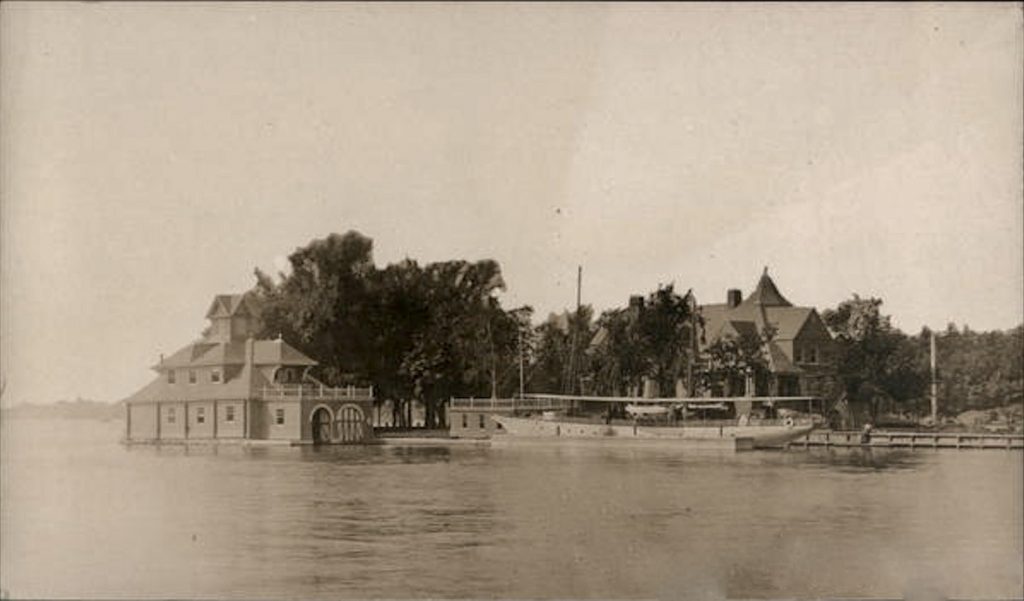
Sometime after Mrs. Burke’s death, the property would pass to George T. Brown, a Miami Realtor, and his wife, Agatha. In 1928, the taxes on the property were not paid, and it was disposed of by the county at a public auction by Lisle Rhodes Beardslee, an executive (Secretary) for General Motors. Lisle grew up in Watertown, attended both the Academy Street and Sterling Street Watertown High School, and worked at the Watertown office for the New York Central Railroad as a boy.
After owning Jewell Island and the 24-room summer mansion for 13 years, Mr. Beardslee and his wife, Florine, decided to change the name of the island to Stony Crest Island after seeing it was named such on earlier maps of the region. It would take 22 years before the name was officially recognized by the United States Board on Geographic Names. In 1950, they approved Stony Crest for the small Island in the St. Lawrence River, eliminating both Warner’s Island and Jewel Island in the process.
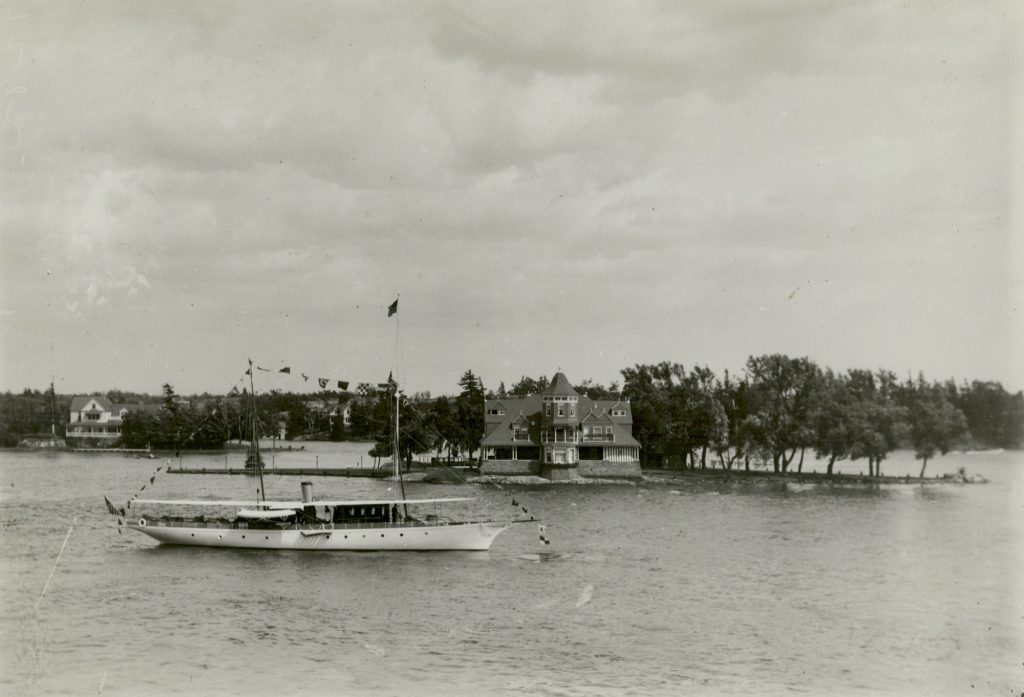
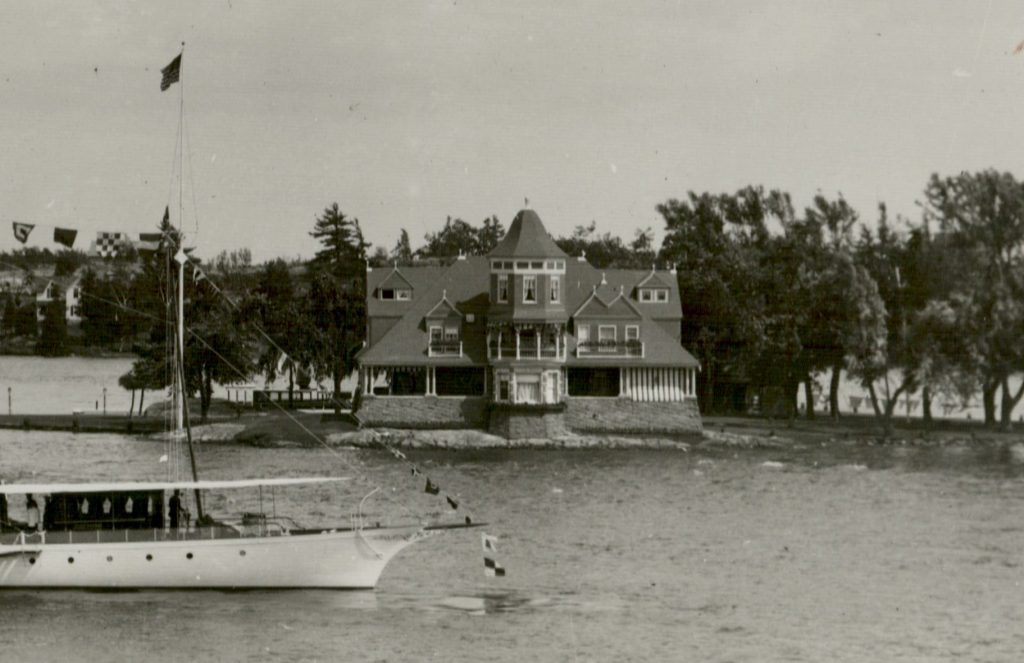
The St. Lawrence Seaway Expansion
n 1956, the summer home would be purchased by the St. Lawrence Seaway Development Corp. and demolished after Tecon Corporation, holders of the government contract to remove shoals from the American Channel of the river, hired three Alexandria Bay men, Ernie Mance, Joe Trussdel, Sr., and John Langlois, to perform the work and have it completed within six weeks.
Stony Crest Island would ultimately lose its north half to straighten out the shipping channel, including the portion where the 24-room summer mansion was built. As the Watertown Daily Times reported in an editorial after Mr. Beardlees death in 1963—
Mr. and Mrs. Lisle Beardslee had property in the Thousand Islands, owning Jewel Island which they renamed Stony Crest Island. They visited it with their family. When the seaway came along, it cut substantially through the island as part of the straightening out of the channel.
Even though the Beardslees had spent 20 years or so at the island, it was typicalof both him and his wife that, having lived lives characterized by great change, they were completely adjusted to the changes of the river and were ready to surrender their property to the seaway.
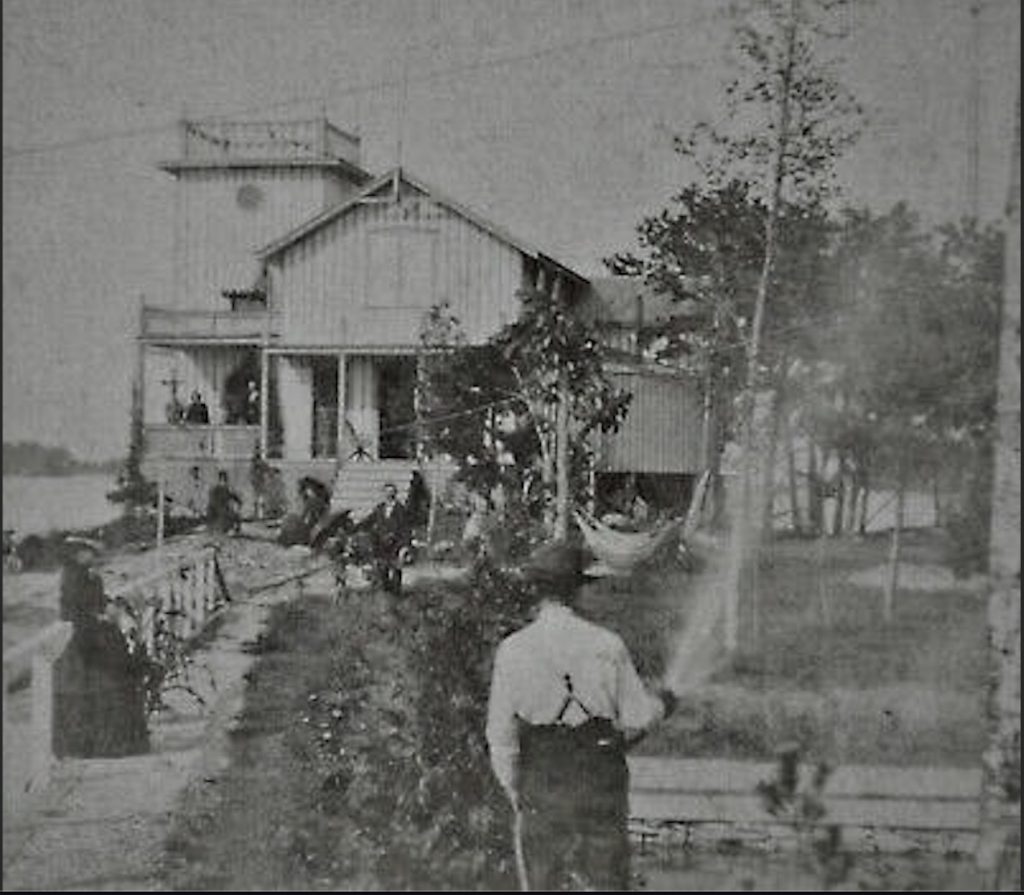
In 1986, the St Lawrence River Seaway Development Corp. would put the island up for the highest bidder. Mr. and Mrs. David L. Kellner, of Keyes Ave. in Watertown, would put in the high bid of $77,770. Mr. Kellner was unsure of their plans for the island then but may have purchased it on speculation as it would appear listed for sale in 1994 with an asking price of $200,000, “ready for you to build your dream home.”
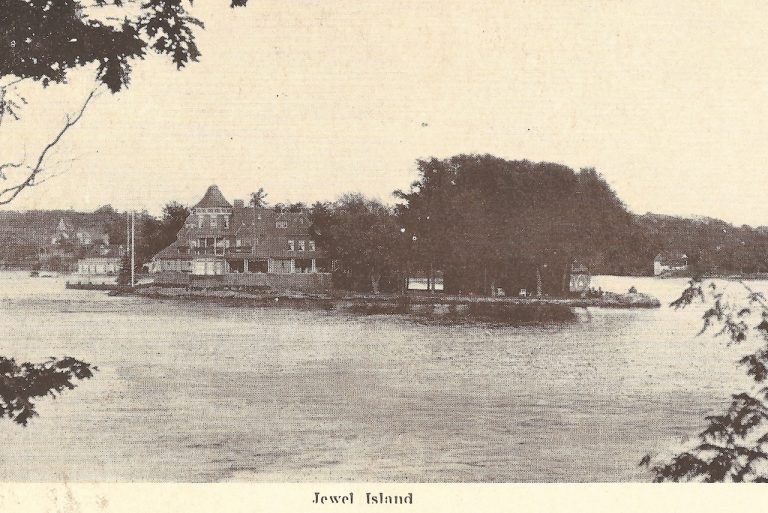
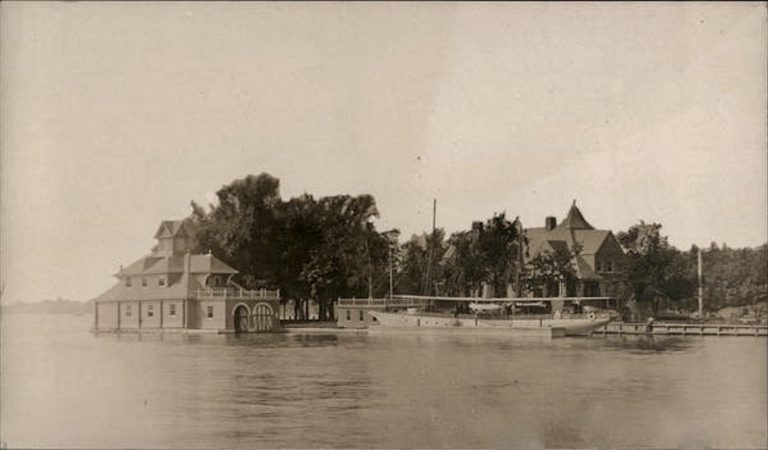
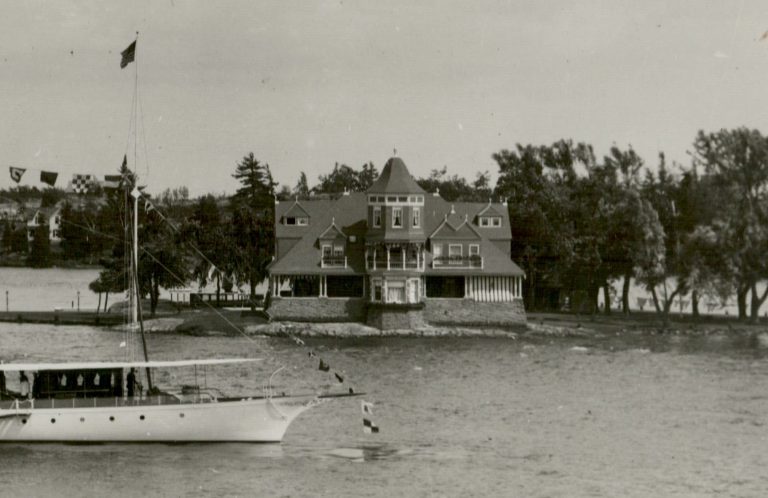
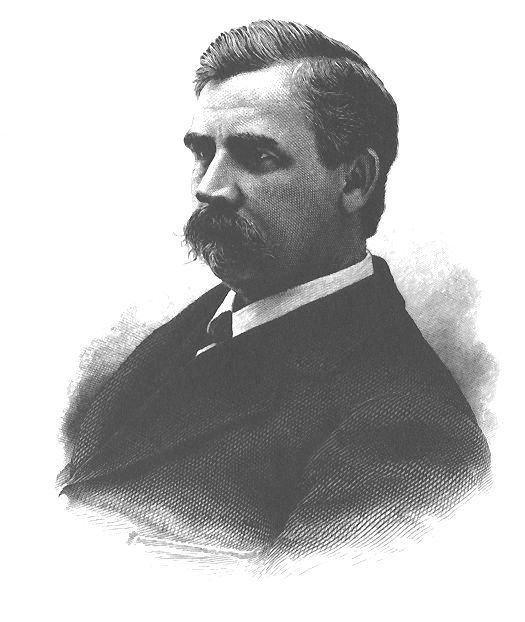
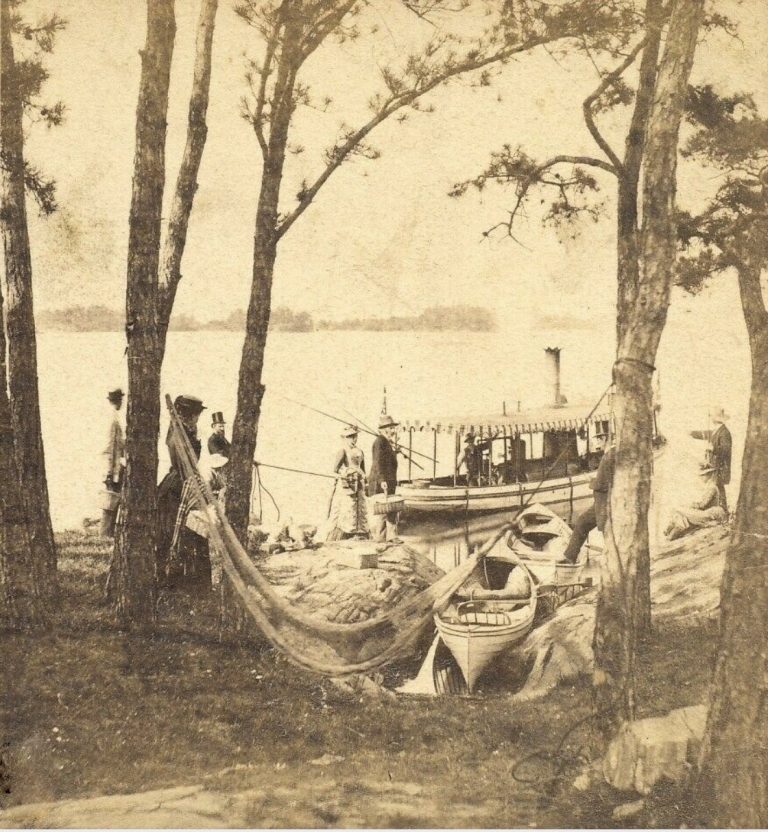
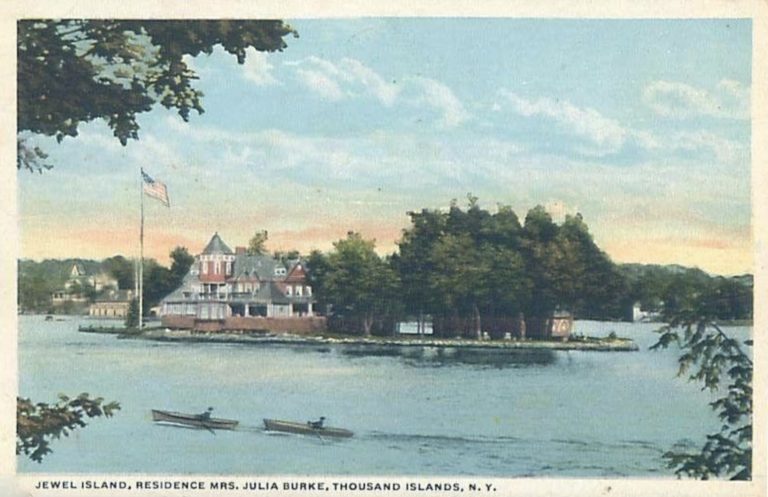
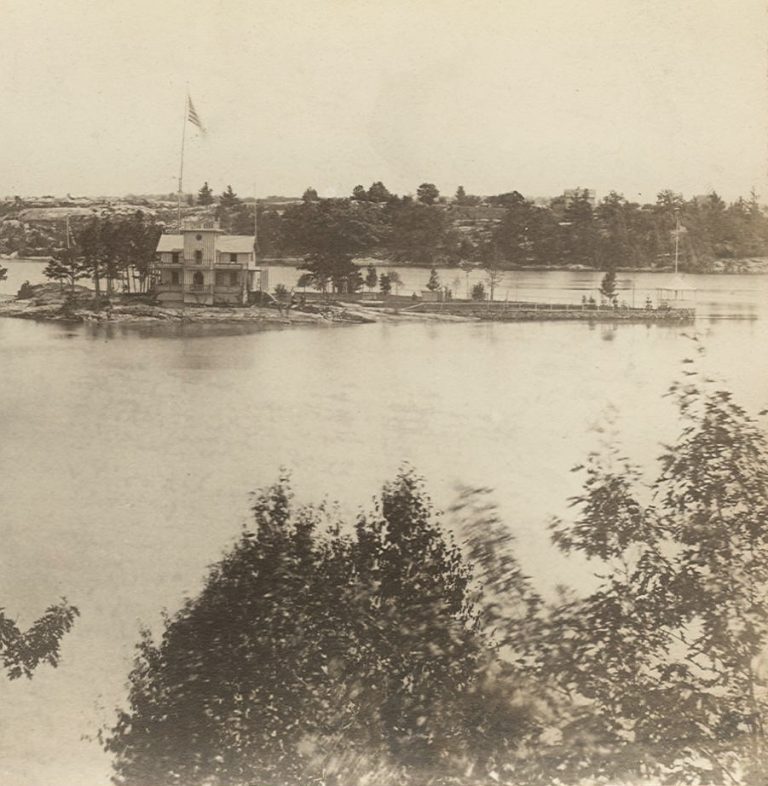
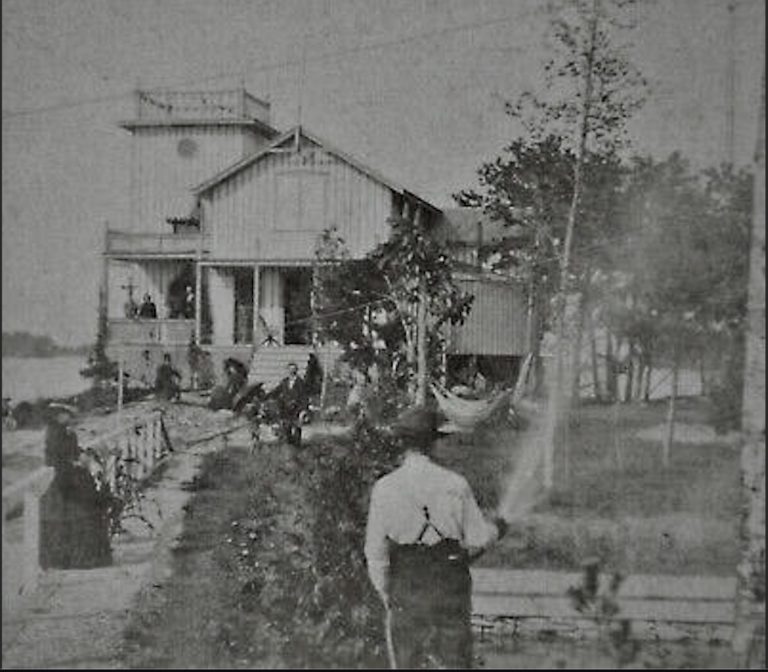
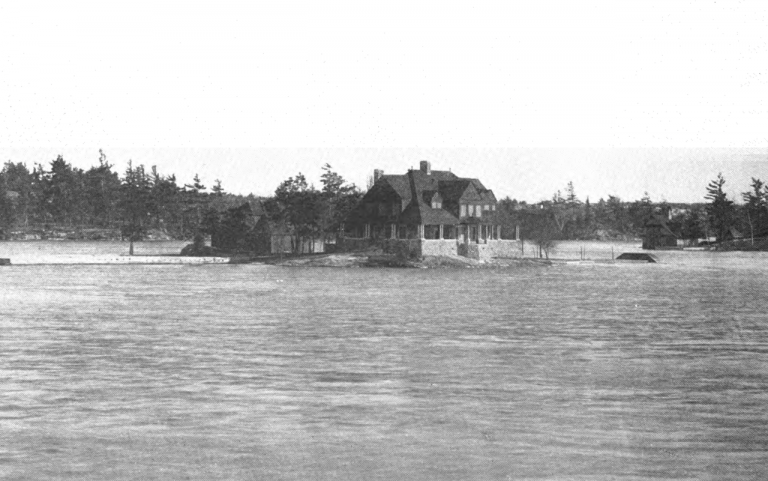
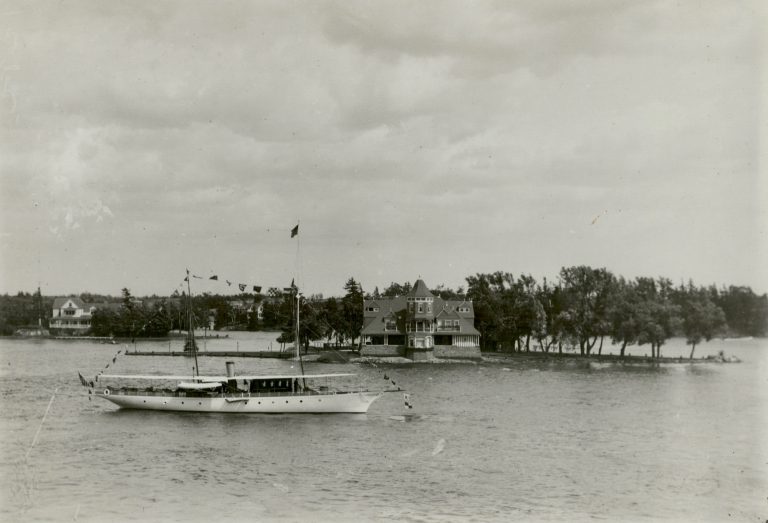

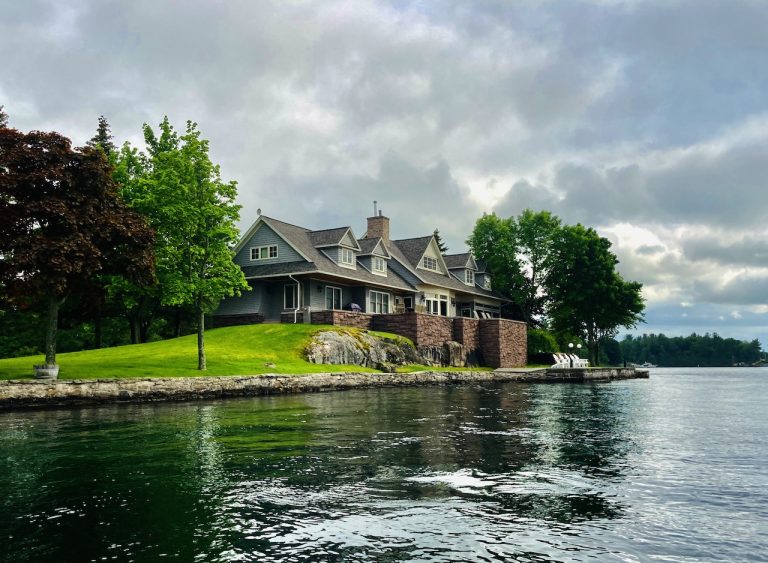


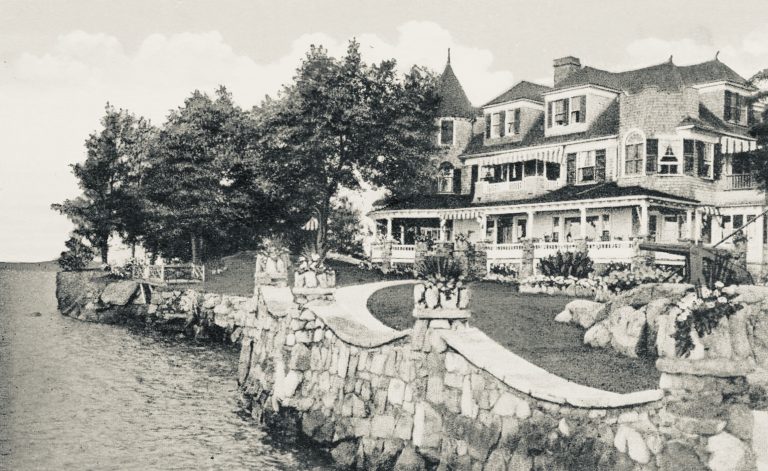
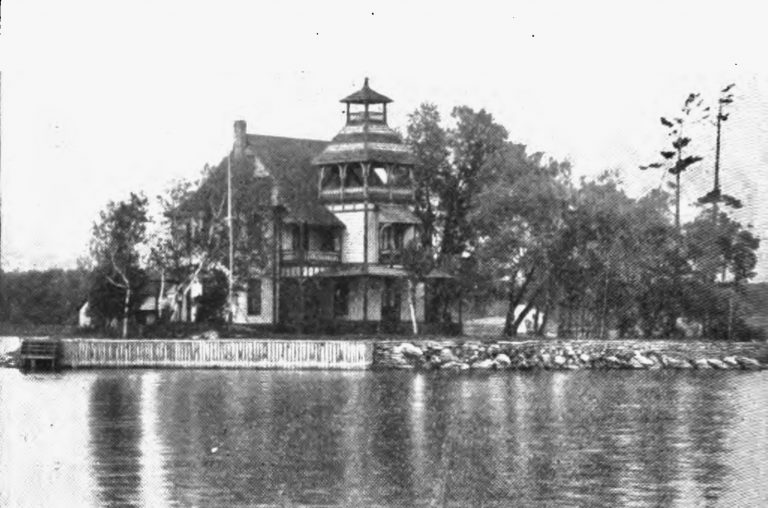
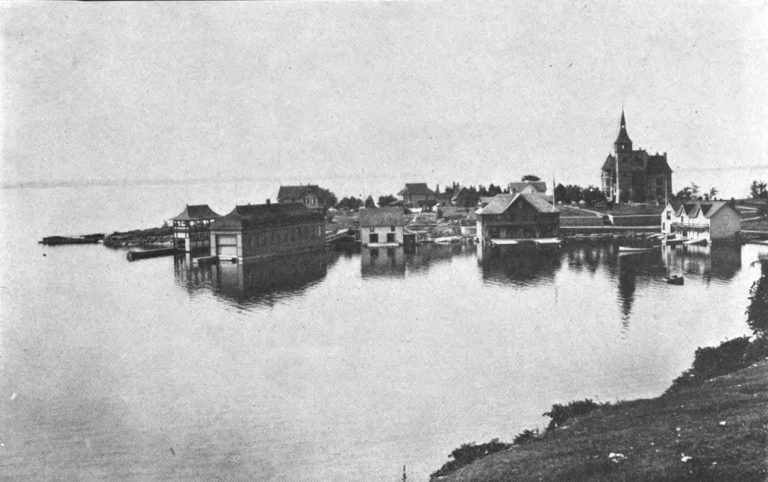
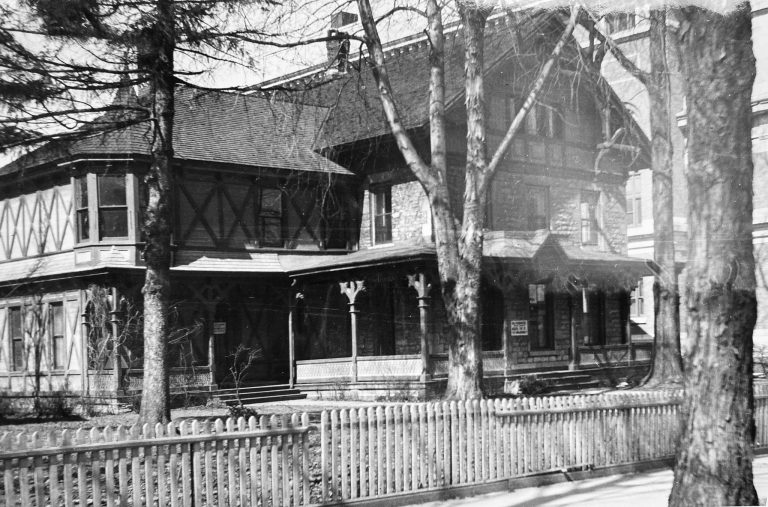

1 Reviews on “Stony Crest Island – 1000 Islands”
We had the privilege of owning this beautiful island for ten years (2013-2023). It is uniquely situated right on the shipping channel, and in between Bolt Castle and the Thousand Islands Bridge. The views are phenomenal! We will miss our Jewel Island!